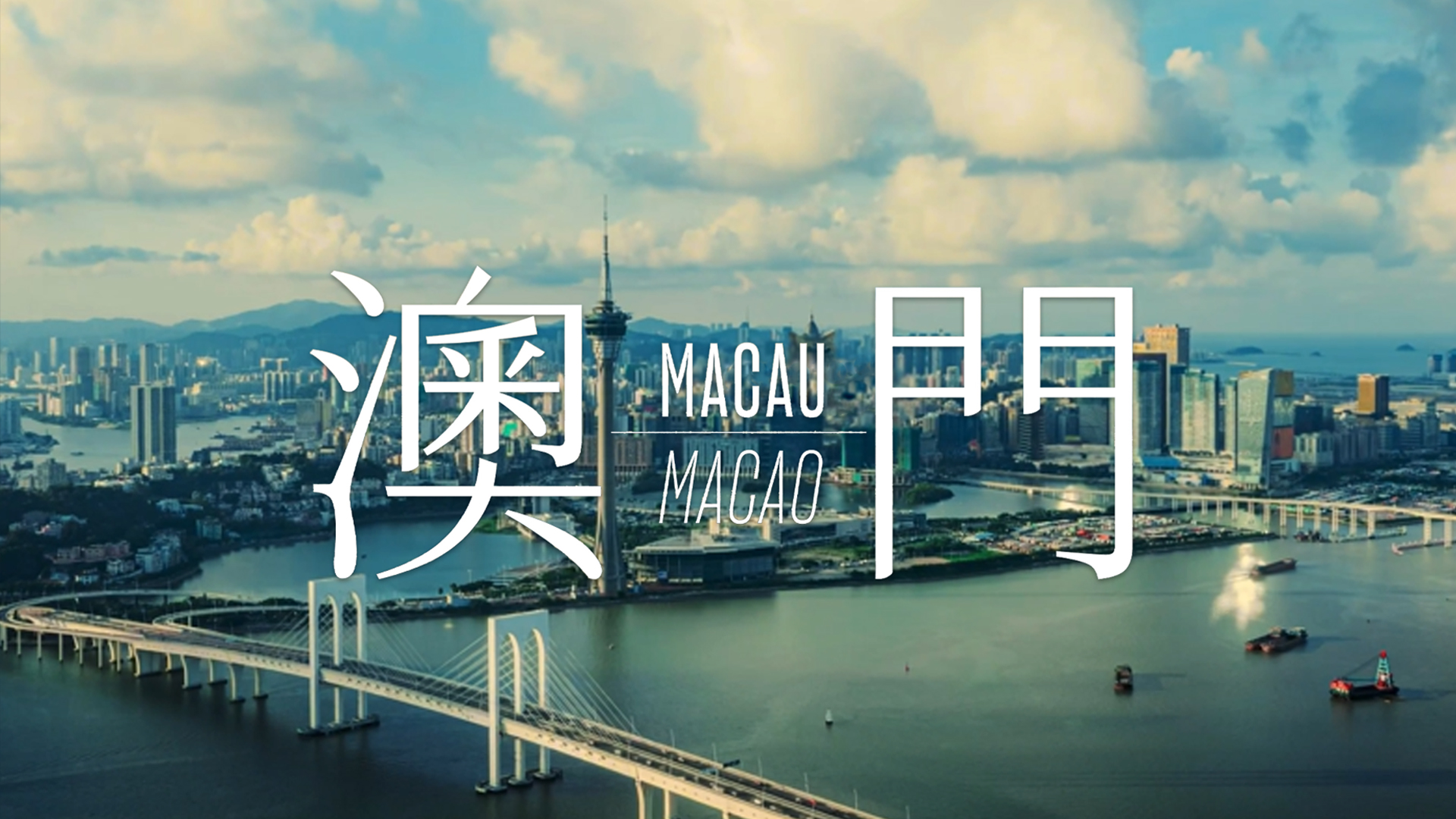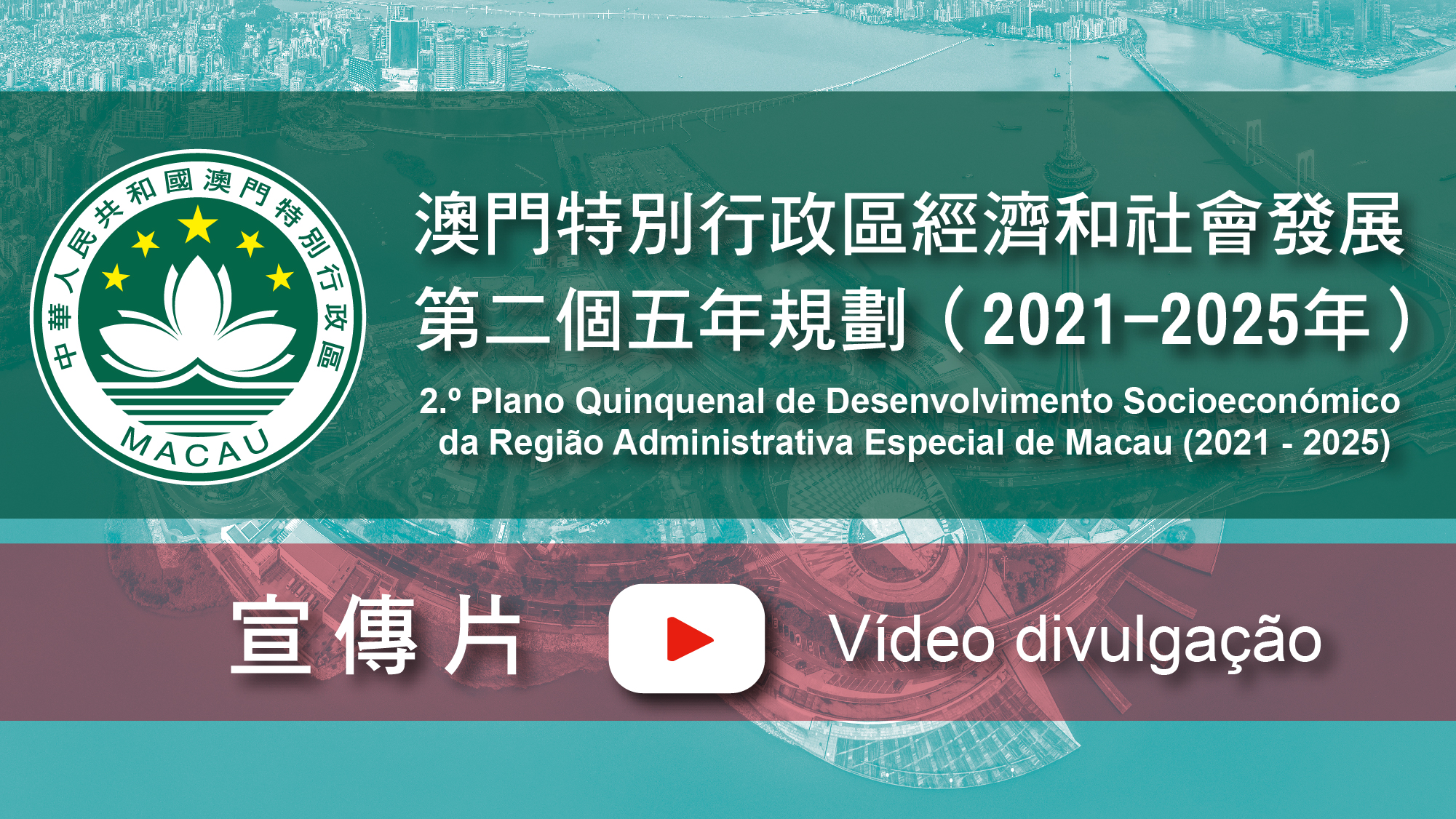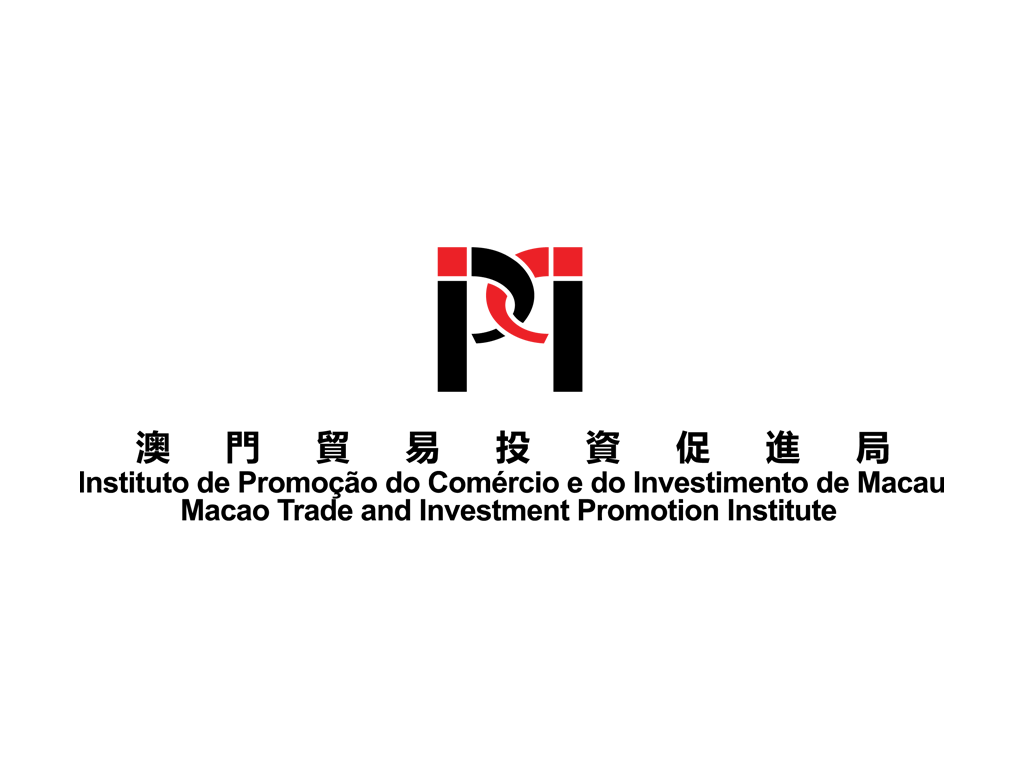Search Issues
According to the 1995 Agreement of Textiles and Clothing (ATC) by the World Trade Organisation (WTO) scheme, the gradual removal of quotas for the global textiles and clothing trade would take place over 10 years. The quota system, which had been in place for about 40 years, would cease to exist between WTO members from 1 January 2005. The global textiles and clothing trade will have a level playing field and return to the free trade industry allowing Macao´s textiles and clothing industry to enter a new phase.
The Removal of Quotas will bring about more winners
The removal of the quota system will improve the trade situation in some developing countries that are restricted by it, allowing for greater competition and lower export prices. The end user will benefit hugely from the removal of the quotas and the global economy should grow at an even faster pace.
In terms of the WTO´s report on The Global Textile and Clothing Industry post the Agreement on Textiles and Clothing1, it predicted that the most substantial changes would be that China and India would increase their market share dramatically, when the EU obeys the regulations of the ATC to remove the quotas system. China and India´s export market share for textiles to the EU will be further increased from 10% and 9% to 12% and 11% respectively. However, the market share for clothing products from China and India should show an obvious increase from 18% and 6% to 29% and 9%. On the other hand, the WTO report points out that the market share of textiles imported from China to the United States and Canada will increase about 50% (from 11% to 18%). The change in the clothing import market is also dramatic and is estimated to be treble from the present 16%. In addition, imports from India will rise from 4% to 15%. However, some African countries and Mexico, will incur the greatest losses, as their market share will drop by almost 70%. In many people´s eyes, China will be the biggest winner from the elimination of the quota system.
The Removal of Quotas has boosted competition
In the face of the benefits that China will reap from the removal of the quota system some countries are very worried and are planning to adopt some measures to protect their manufacturers. Firstly, being the biggest import country in the world, some U.S. manufacturers are worried about the increase in textiles imported from Mainland China. So, from 8 October 2004, the U.S. Department of Commerce´s Committee for the Implementation of Textile Agreement (CITA) formally agreed to consider a petition-requesting action to safeguard imports of 12 categories of textiles from China. Secondly, on 23 December 2004 some textile manufacturers in Turkey fearing a dramatic drop in their market share asked the WTO to impose safeguard measures on 42 categories of textile imports from China.
Also, not in violation of the present WTO agreements, the European Union now requires import licences on eight categories of textiles from Mainland China, like cotton yarn, cottons, synthetic woven fibres, clothing and accessories.
Although China announced that it has started to levy an export tax from 1 January 2005 lasting about three years, covering 148 apparel items in 6 categories, namely outerwear, dresses, trousers, blouses, nightclothes and underwear, the average tax levied will be about 1.3%2, the U.S. and EU are doubtful on how effective these measures will be and their response has been less than encouraging. Export tax, which is levied on a volume basis, will encourage China´s Textiles and Clothing (T&C) industries to move towards higher value-added production, thus worrying countries that currently dominate the higher value-added market.
It is predicted that more importers will put in place a variety of measures to safeguard their own textile and clothing industries. They include antidumping as well as requesting compliance with their Labour Standards, social responsibilities, custom administrative processes and a number of environmental protection measures. Being the most competitive, China´s textile and clothing industries should stand up and face the challenges ahead.
What are the advantages to Macao´s Textile and Clothing industry?
The impact after the removal of the quota system for local textile and clothing manufacturers is obvious, because the producers will have to face the global lowering of price decline on textiles and clothing.
According to the most recent report from the Statistics and Census Service, Macao´s total exports were valued at MOP1.48 billion in January 2005, up 8.0% for the same month in 2004. The value of textile and garment exports, which accounted for 77.7% of the total exports, increased 7.3% over the same period in 2004. The USA and the EU remained Macao´s major export markets, together making up 64.7% of the total export value. From the statistics, we can see that the influence of the removal of the textile quota on Macao´s textile and clothing industry was relatively small in January.
The above phenomenon can be attributed to:
1. The Mainland´s imposition of an export tax on items of clothing will reduce the price discrepancy between garments made in Macao and those made on the Mainland, so Macao´s textile and clothing should still be attractive to overseas buyers in terms of pricing. Local manufacturers are worried that the Mainland´s imposition of export tax on clothing items will add to the cost of their products, which are manufactured in Mainland China and exported to U.S. finally, the U.S. may use safeguard measures on the Mainland´s products. Thereby, most of Macao´s manufacturers are predicted to keep a close eye on the situation, and in the menantimehave chosen not to move the whole of their production to the Mainland.
2. U.S. and EU importers and buyers say that the textile safeguard measures are primarily targeted at textile and clothing products from Mainland China. Facing this uncertainty, in order to prevent any delays in the delivery of orders and to avoid the barriers put in place by the safeguards, they prefer their goods to be shipped from Hong Kong and Macao. Thereby allowing local manufacturers to fill their order books, as many manufacturers already disclosed that they had orders that would take them up until May and June of this year.
3. Quotas have been removed which will impact low to medium value textile and clothing manufacturers. Macao garment manufacturers are advised to look to the future and gear the production of their textile and clothing manufacturing towards more sophisticated high-value activities. To face globalisation, Macao textile and clothing manufacturers realise that their production costs are higher than competitors in Cambodia, Indonesia and Vietnam. Thus, they have concentrated on the modernisation of their production lines and improvement in their productivity and competitiveness. Some manufacturers have already taken these steps and have started to produce high end products by using improved manufacturing processes. They are also working towards changing the production from labour intensive to sophisticated and high value-added processes as well as improving clothing design, small order production, installing computerised operations and reducing delivery times. In addition, compared to Mainland China, the other advantage for Macao manufacturers is that some of them have met with the human rights standards. Because of this numerous international buyers have full confidence in Macao´s manufacturers.
4. The local garment manufacturing industry has still a lot of space to develop due to the positive factors brought about by the implementation of CEPA. At present, the largest textile and clothing market is the U.S.A., but the population in China is the largest in the world and disposable income has increased rapidly as China´s economy has developed. So the potential demand for medium-to-high grade fashion is enormous. Garment and textile manufacturers from various countries have seen the potential and have an optimistic view of this huge market. To gain a share in this enormous market has been placed on some countries´ agendas. If the CEPA zero tariffs can be utilised to their full extent manufactures from all over the world can make a smooth transition to expand their business opportunities in this huge Mainland market.
5. Under the favourable policy guidelines of the development of the cross-border industrial zone, the development limitations on the garment and textile industry will be removed. The State Council officially approved the setting-up of the Zhuhai-Macao Cross-Border Industrial Zone on 5 December 2003. The first stage of the Cross-border Industrial Zone covers a total of 0.4 square kilometres and will be divided into two parts: a Zhuhai Park with an area of 290,000 square metres and a Macao Park with an area of 110,000 square metres. A gate will connect the two parks. The Industrial Zone mainly seeks to promote the development of industries while also serving as a logistics, transit trade and products display and distribution centre.
As a part of the Macao SAR, the Macao Park will enjoy the status of a free port and have the advantages of low costs and human resources. With the advantage of OPA (Outward Processing Arrangement), this cross-border industrial zone will be a good way to alleviate the shortage of manpower experienced in Macao. The manufacturers located in the park can enjoy the advantage of the CEPA zero tariff and Macao´s network of global contacts.
The cross-border industrial zone will be used as a trial for the Guangdong-Macao economic co-operation, using it as a model for the new industrialisation, an exhibition area for modern logistics and an experimental zone for free trade. Depending on the convenient logistics and transportation, it is expected that the Macao SAR can resolve the employment problem and manufacturers and employees will have more space to work.
Conclusion
After the abolition of the export quotas, local garment manufacturers will face stiffer competition, but there will also be a lot of opportunities. To win any competition you need brains and brawn. Looking at Macao´s comparative advantages (free port, OPA, flexible labour import policy, and low tax policy), strong quality controls and staff training (include workers and managers training), improved customer relations and management skills, produce high-value products, fast feedback, satisfy the environmental and human rights concerns of overseas customers, co-operation with the garment manufacturers on the Mainland that complement each other and the continued development of the Mainland market, the garment and textile industry in Macao can sustain development and growth in line with the demands of the future and contribute to the diversification of the economy.
Note:
1. "The Global Textile and Clothing Industry post the Agreement on Textiles and Clothing" Hildegumm Kyvik Nordas, Discussion Paper No. 5, WTO.
2.“中國加徵紡織品服裝出口關稅”,中國服裝協會
"China announced that it has started to levy an export tax on textiles and clothing", China National Garment Association,http://www.cnga.org.cn/zhuanti/china.asp .
This article was prepared by IPIM´s Research and Information Division.





















